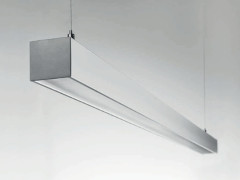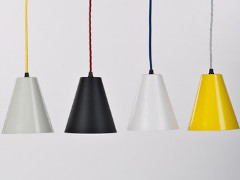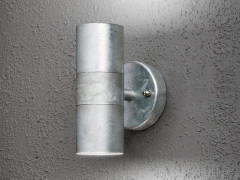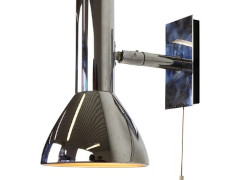High-End Surface Finishing
The nature of our customers’ industries requires a genuine high quality surface finishing. You achieve this only with organised production and logistic procedures, and mostly having a zero-tolerance policy. It starts with the tooling, the deburring, the machining and all the handling in between.
Over the last 10 years we introduce multiple quality check-points throughout the manufacturing chain including our suppliers and pre-fabricators – this has helped us to identify and eliminate quality hazard zones. We are not perfect – but whatever leaves our factory is.
Typically, we offer the following surface finishing:
Surface finishing is a broad range of industrial processes that alter the surface of a manufactured item to achieve a certain property. Finishing processes may be employed to: improve appearance, adhesion or wettability, solderability, corrosion resistance, tarnish resistance, chemical resistance, wear resistance, hardness, modify electrical conductivity, remove burrs and other surface flaws, and control the surface friction.
?An unfinished surface is often called mill finish.
Anodising
Anodising increases resistance to corrosion, provides better adhesion for paint primers, and is also often used for cosmetic effects.
?We offer…
- Natural anodising (LV) in 6-20 microns
- Bronze (light, medium-light, medium, medium-dark) in 8 microns
- Black (13 microns)
- Other colors (as per specifications)
Powder Coating
During powder coating a free-flow of dry powder is applied electrostatically and is then cured under heat to allow it to flow and form a “skin”.
- Using RAL color codes
- 100% color match using customer sample
- Various coat thicknesses and gloss levels
Galvanising
Galvanisation is the process of applying a protective zinc coating to steel or iron, to prevent rusting. We provide hot-dip galvanising (most common), in which parts are submerged in a bath of molten zinc, as well as electro-galvanising (EG)




